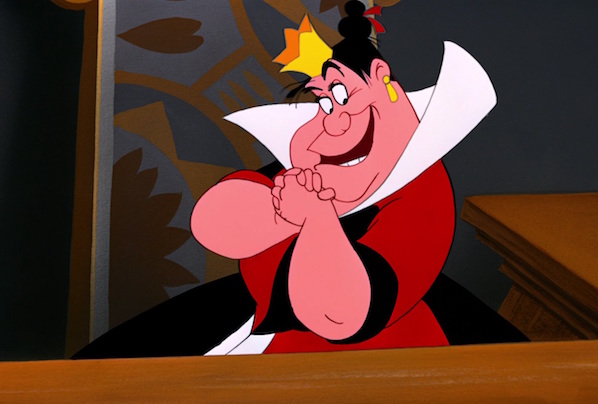** I’ve said many times that when a management with a reputation for brilliance tackles a business with a reputation for bad economics, it is the reputation of the business that remains intact.
** It’s far better to buy a wonderful company at a fair price than a fair company at a wonderful price.
** Buying the stock at [a very low] price was like picking up a discarded cigar butt that had one puff remaining in it. Though the stub might be ugly and soggy, the puff would be free. Once that momentary pleasure was enjoyed, however, no more could be expected.
** Good jockeys will do well on good horses, but not on broken-down nags.
** In contrast to this have-to-be-smart-every-day business, there is what I call the have-to-be-smart-once business. For example, if you were smart enough to buy a network TV station very early in the game, you could put in a shiftless and backward nephew to run things, and the business would still do well for decades.
** In business, I look for economic castles protected by unbreachable moats.
— Warren Buffett
This is lesson #2 in our “Startup Buffettology” series.
We established in Lesson #1 that Knowledge Is King. If this is so, then your market is the queen.
Buffett’s statements above clearly express the fact that every business, even the largest one in any given industry, is a relatively small entity swimming within a massive socioeconomic complex, and it is that complex that determines whether success is at all possible.
The billion-dollar business is determined by the market structure, not by your idea or your abilities. This harks back to the fundamental idea of the entrepreneur as one who bears the risk in exploiting change.
Nobody quite “creates” a billion-dollar market; we merely exploit sociocultural and economic changes or realities that have created billion-dollar opportunities. No matter how “good” the idea is, it must “fit” the market.
One would assume that this is already obvious in simple terms to most entrepreneurs: nobody buys your idea, product, or service — people basically only buy vitamins (nice to have, fun, makes them feel better, etc.) and painkillers (solution to an immediate problem). Whatever you’re offering must fit into this existing psychosocial reality, or it doesn’t get adopted.
This does not mean that every billion-dollar business consciously “saw” the billion-dollar opportunity from Day 1 — that is actually very rare. It also does not mean that the billion-dollar market was well-defined before your idea came along. But every billion-dollar business was at some point a small fish swimming consciously (i.e. by design) or unconsciously (i.e. luckily) in a billion-dollar river (whether that river had been mapped or not) that was able to continuously provide the nourishment required to create monsters.
To continue with the riverine analogies consider swimmers and the ocean — no matter how strong a swimmer you are, you aren’t going anywhere if you’re swimming against the tide. On the other hand, as long as you can stay afloat, going with the tide can carry you extremely far, much farther than an Olympic swimmer swimming in the wrong direction.
Your entrepreneurial knowledge and skills will benefit you nothing if you’re in the wrong market, and the power of the market is greater than your power, awesome as that may be.
The market, the idea/product/service, and your skillset have to align. Thus there is such a thing as “founder-market fit” as proposed by David Lee, and in Buffettology we should probably write this as “MARKET-founder fit” to keep our priorities straight.
From Rule #1 we can infer that the entrepreneur must devote a huge amount of time and energy to studying the right market. Obviously, picking the “right” market is a non-trivial challenge. A very under-appreciated resource in this regard is Peter Drucker’s “Seven Sources” model described in Innovation and Entrepreneurship.
If you’ve already found or stumbled into the billion-dollar market, then thank The Lord and apply all the other Rules.











